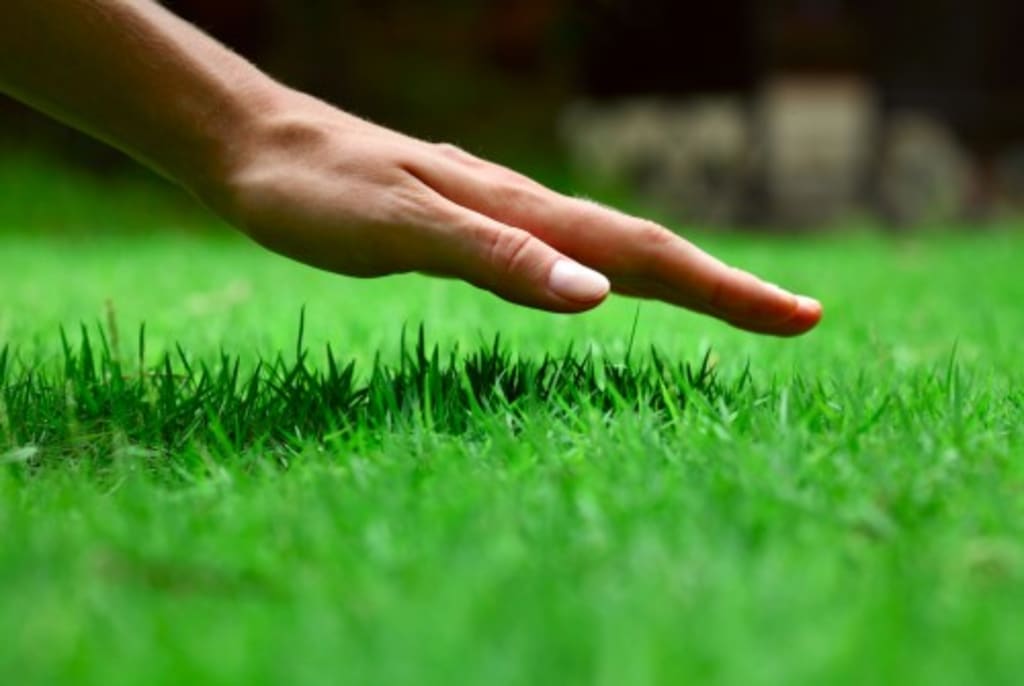
Grass, the ubiquitous green plant covering lawns and landscapes across the United States, may seem harmless and innocuous. However, upon closer examination, it becomes apparent that grass is one of the most wasteful crops in the country. Despite its widespread cultivation, grass provides little ecological or economic value compared to other crops. In this essay, we will explore the various aspects that contribute to the wastefulness of grass as a crop in the US.
One of the primary factors that make grass wasteful is its high demand for water. Maintaining lush green lawns requires frequent watering, especially in dry regions or during periods of drought. According to the Environmental Protection Agency (EPA), residential outdoor water use, primarily for watering lawns, accounts for nearly 30% of total household water consumption in the United States. This enormous water requirement for grass is particularly concerning considering the water scarcity issues faced by many regions in the US. The excessive irrigation of grass contributes to the depletion of freshwater resources, placing a burden on water supplies and ecosystems.
Furthermore, the cultivation of grass as a crop entails the use of chemical inputs such as pesticides and fertilizers. Homeowners often employ these substances to eradicate weeds, pests, and maintain the desired aesthetic appearance of their lawns. These chemicals have detrimental effects on the environment. Pesticides and herbicides can leach into groundwater or runoff into nearby water bodies, polluting the water and posing risks to aquatic ecosystems. They also harm beneficial insects and other organisms, disrupting the delicate balance of ecosystems. Similarly, the excessive use of fertilizers can lead to nutrient runoff, causing algal blooms in lakes and rivers and contributing to water pollution and eutrophication.
In addition to water and chemical inputs, grass cultivation necessitates frequent mowing and maintenance. This ongoing maintenance contributes to noise and air pollution. Lawnmowers, particularly gasoline-powered ones, emit pollutants such as carbon monoxide, nitrogen oxides, and volatile organic compounds (VOCs). These emissions contribute to air pollution, which has adverse effects on human health and the environment. Noise pollution from lawn care equipment can disturb the peace and tranquility of neighborhoods and natural habitats.
Another aspect that highlights the wastefulness of grass as a crop is its limited economic value. While certain crops provide sustenance or contribute to various industries, grass does not offer significant economic returns. The extensive land area devoted to grass cultivation could be utilized for more productive purposes, such as growing food crops or establishing habitats for wildlife. The economic resources expended on maintaining lawns and landscapes, including water, energy, and maintenance equipment, could be redirected to more sustainable and economically beneficial activities.
Furthermore, the maintenance of grassy areas requires substantial labor and energy inputs. This includes the time and effort spent mowing, watering, fertilizing, and maintaining lawns. The energy consumed by lawnmowers and other lawn care equipment adds to the overall wastefulness. This energy consumption, often derived from fossil fuels, contributes to greenhouse gas emissions and exacerbates climate change.
The social and cultural factors surrounding grass as a crop also contribute to its wastefulness. The prevalence of expansive, manicured lawns as a status symbol and societal expectation perpetuates the need for excessive maintenance and resource consumption. Social pressures and aesthetic norms drive the demand for grass, reinforcing its wastefulness as a crop. However, shifting societal attitudes towards more sustainable landscaping practices, such as xeriscaping (the use of drought-resistant plants), can help mitigate this wastefulness.
Efforts are underway to address the wastefulness of grass as a crop in the United States. Some communities and individuals are embracing alternative landscaping approaches that reduce water consumption and minimize the use of chemicals and energy. Xeriscaping, for instance, focuses on using native and drought-tolerant plants that require minimal irrigation and maintenance. This approach not only conserves water but also enhances biodiversity and reduces the need for chemical inputs. In addition, replacing some grassy areas with food gardens or pollinator-friendly habitats can contribute to food security and support declining pollinator populations.
In conclusion, grass is undoubtedly one of the most wasteful crops in the United States. Its excessive water requirements, reliance on chemical inputs, noise and air pollution from maintenance activities, limited economic value, and social pressures all contribute to its wastefulness. As water scarcity, environmental concerns, and the need for sustainability become more pressing, it is crucial to rethink the cultivation and maintenance of grass as a crop. By adopting alternative landscaping practices and embracing more sustainable approaches, we can mitigate the wastefulness associated with grass and promote a more ecologically responsible use of land and resources
About the Creator
Enjoyed the story? Support the Creator.
Subscribe for free to receive all their stories in your feed. You could also pledge your support or give them a one-off tip, letting them know you appreciate their work.






Comments
There are no comments for this story
Be the first to respond and start the conversation.